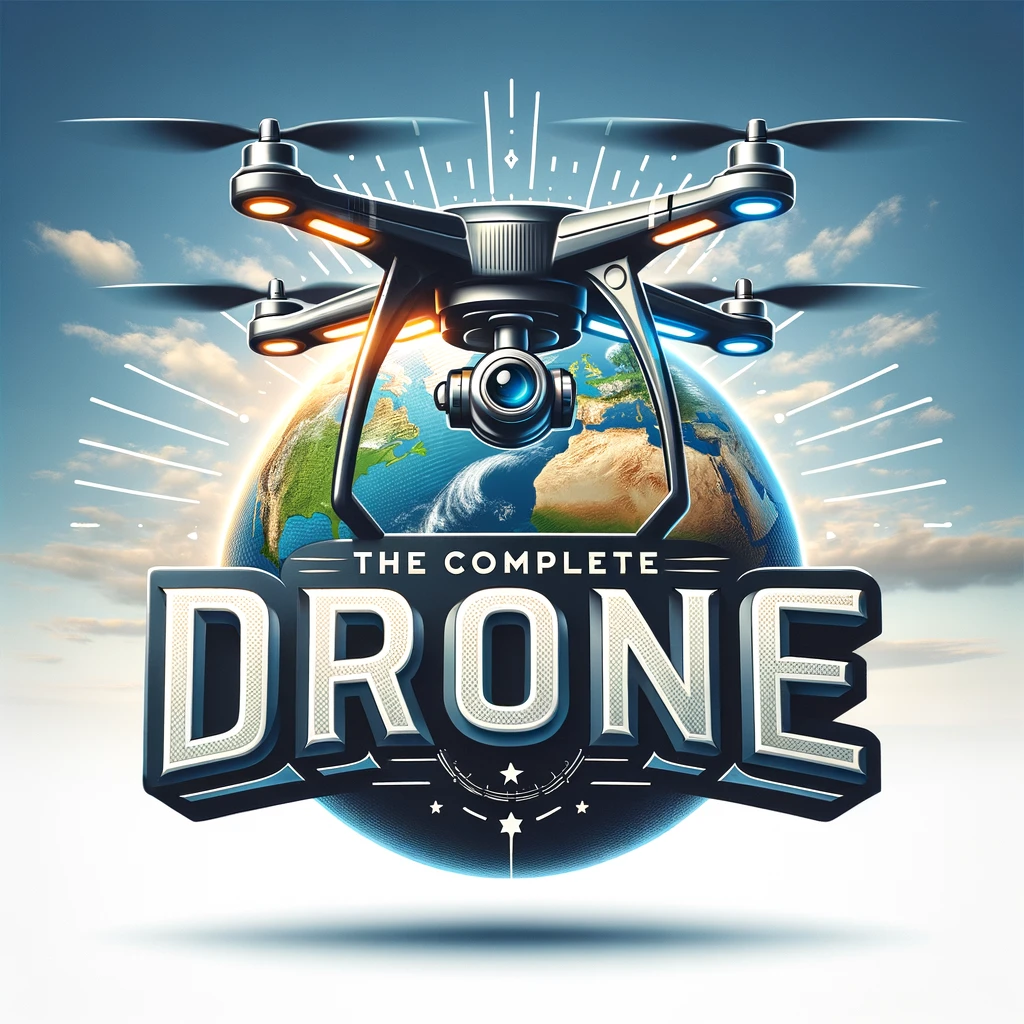Imagine having the power to explore the world from a bird’s-eye view, effortlessly gliding through the skies with the help of a remarkable technology called drones. But have you ever wondered just how far these aerial marvels can go? From their humble beginnings as hobbyist toys to becoming essential tools for various industries, the range of a drone holds the key to unlocking endless possibilities. Join us as we uncover the fascinating world of drone flight distances and discover how their range has revolutionized the way we see and experience our surroundings.
What Is The Range Of A Drone?
Drones have become increasingly popular in recent years, with applications ranging from recreational use to professional photography and videography. One of the key factors to consider when purchasing a drone is its range. The range of a drone refers to the maximum distance it can travel from the remote controller or base station while maintaining a stable communication link.
Understanding the range of a drone is crucial for planning and executing successful flights. There are several factors that can affect the range of a drone, and knowing how to optimize and extend this range can greatly enhance the capabilities and usability of your drone.
Factors Affecting Drone Range
Several factors can impact the range of a drone. Understanding these factors can help you make an informed decision when choosing a drone and maximize its range during operation. The key factors affecting drone range include:
1. Battery Life
The battery life of a drone directly affects its range. Drones rely on batteries to power their motors, cameras, and communication systems. A drone with a shorter battery life will have a limited range, as it will need to return to its starting point to recharge or land for a battery swap. It is important to consider the battery life of a drone and choose one that aligns with your intended usage and flight duration requirements.
2. Communications
Communication between the drone and the remote controller or base station is essential for controlling the drone and receiving live video feeds. The range of the communication system plays a crucial role in determining the maximum range of the drone. Drones typically use radio frequency (RF) signals for communication, and the strength and reliability of these signals can vary depending on the quality of the transmitters and receivers used. Interference from other electronic devices or physical obstructions can also affect communication range.

This image is property of images.pexels.com.
3. Signal Interference
Signal interference can affect the range of a drone and disrupt its communication system. Interference can come from various sources, including other electronic devices operating on the same frequency band and physical obstructions such as buildings or trees. The proximity to airports, military installations, or other restricted areas can also cause interference due to regulations in place. It is important to avoid areas with high levels of signal interference to maintain a strong and stable connection with your drone.
4. Weather Conditions
Weather conditions can significantly impact drone range and flight performance. Factors such as wind speed, temperature, and precipitation can affect the aerodynamics of the drone and increase its power consumption. Drones are typically not designed to fly in extreme weather conditions, and flying in adverse weather can drastically reduce their range. It is essential to check weather forecasts and avoid flying in unfavorable conditions to ensure the safety and optimal performance of your drone.
5. Flight Mode
The flight mode selected during operation can affect the range of a drone. Most drones offer different flight modes, including GPS-assisted flight and manual control modes. GPS-assisted flight modes utilize satellite positioning systems to provide stability and accurate positioning. These flight modes can enhance the range by allowing the drone to navigate autonomously. However, flying in manual control mode can decrease the range, as it requires more manual input from the pilot.

This image is property of images.pexels.com.
6. Payload Weight
The weight of the payload carried by a drone can impact its range. Drones are designed to operate within specific weight limits, and exceeding these limits can cause decreased flight performance and reduced range. Heavier payloads require more power to lift and maintain flight, ultimately reducing the drone’s battery life and range. It is important to consider the weight of any additional equipment or accessories you plan to attach to your drone, as it can affect its overall range and performance.
7. Type of Drone
Different types of drones have varying ranges depending on their design and intended use. Consumer-grade drones typically have shorter ranges compared to professional-grade drones, which are built for longer flights and advanced functionalities. The type of drone you choose should align with your specific needs and the range requirement for your intended applications.
8. GPS and Autopilot
Drones equipped with GPS and autopilot features have the ability to fly autonomously and follow pre-programmed flight paths. These advanced systems utilize satellite navigation and onboard sensors to maintain stability and accurate positioning. Drones with GPS and autopilot capabilities generally have longer ranges, as they can navigate more efficiently and effectively. If extended range is a priority, choosing a drone with these features can be beneficial.

This image is property of images.pexels.com.
How to Extend Drone Range
While the range of a drone is influenced by various factors, there are several steps you can take to extend its range and maximize its performance. Consider the following tips to optimize the range of your drone:
1. Choose the Right Drone
Select a drone that aligns with your specific needs and intended usage. Determine the range requirement for your applications and choose a drone that offers a suitable range. Professional-grade drones generally provide longer ranges compared to consumer-grade drones.
2. Optimize Battery Performance
Maximize the battery performance of your drone by following best practices. This includes fully charging the battery before each flight, avoiding extreme temperatures, and properly storing and maintaining the battery. Consider purchasing additional batteries to extend your drone’s flight time and range.
3. Fly in Ideal Conditions
Choose the right weather conditions for flying your drone to maximize its range. Avoid flying in strong winds, rain, or extreme temperatures, as these conditions can negatively impact the drone’s performance and reduce its range. Calm and clear weather is ideal for maximizing range and flight performance.
4. Monitor Signal Strength
Keep an eye on the signal strength between your drone and the remote controller or base station. Weak or intermittent signals can greatly reduce the range of your drone. Ensure that you maintain a strong and stable connection throughout the flight.
5. Use a Range Extender
Consider using a range extender to increase the distance at which you can control your drone. Range extenders act as signal boosters, amplifying the communication signals between the drone and the remote controller. This can significantly enhance the range and reliability of your drone’s communication system.
6. Adjust Flight Mode and Speed
Choose the appropriate flight mode and speed for your flight. GPS-assisted flight modes can enhance the range by utilizing satellite positioning systems. Additionally, flying at lower speeds can help conserve battery power and extend the range of your drone.
7. Consider Payload Weight
Keep the payload weight of your drone within its recommended limits. Excess weight can decrease flight performance and reduce the drone’s range. Consider the weight of any additional equipment or accessories before attaching them to your drone.
8. Upgrade Antenna and Transmitter
Consider upgrading the antenna and transmitter of your drone to improve the range and signal strength. High-quality antennas and transmitters can provide better signal reception and transmission, resulting in a longer range for your drone.
Conclusion
Understanding the range of a drone and the factors that can affect it is crucial for making informed decisions and maximizing the capabilities of your drone. By considering factors such as battery life, communications, signal interference, weather conditions, flight mode, payload weight, type of drone, and GPS and autopilot features, you can enhance the range and performance of your drone.
Implementing tips such as choosing the right drone, optimizing battery performance, flying in ideal conditions, monitoring signal strength, using a range extender, adjusting flight mode and speed, considering payload weight, and upgrading the antenna and transmitter can further extend the range of your drone and improve your overall experience with this exciting technology. Maximize the range of your drone and unlock its full potential by taking these steps and exploring the possibilities of aerial exploration and capture.

